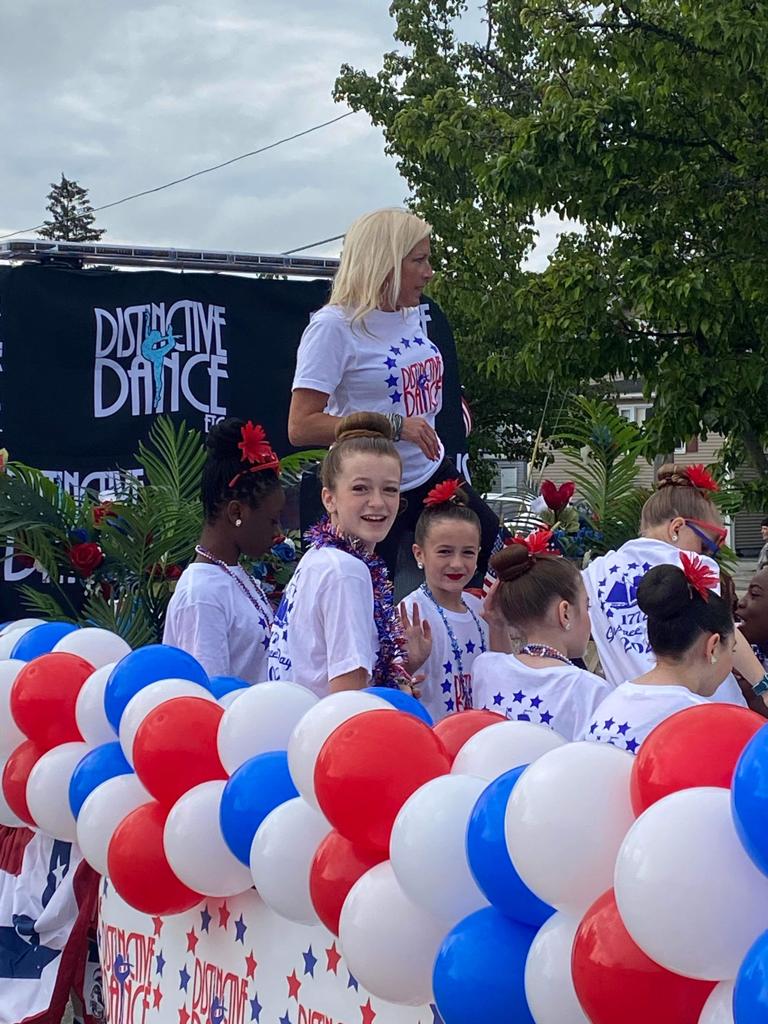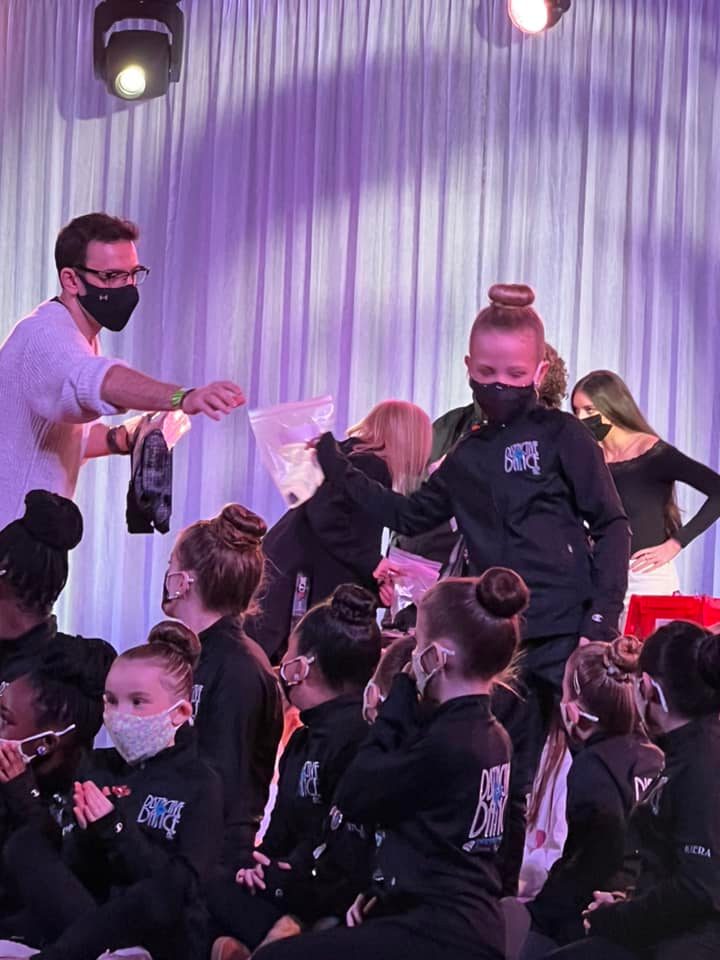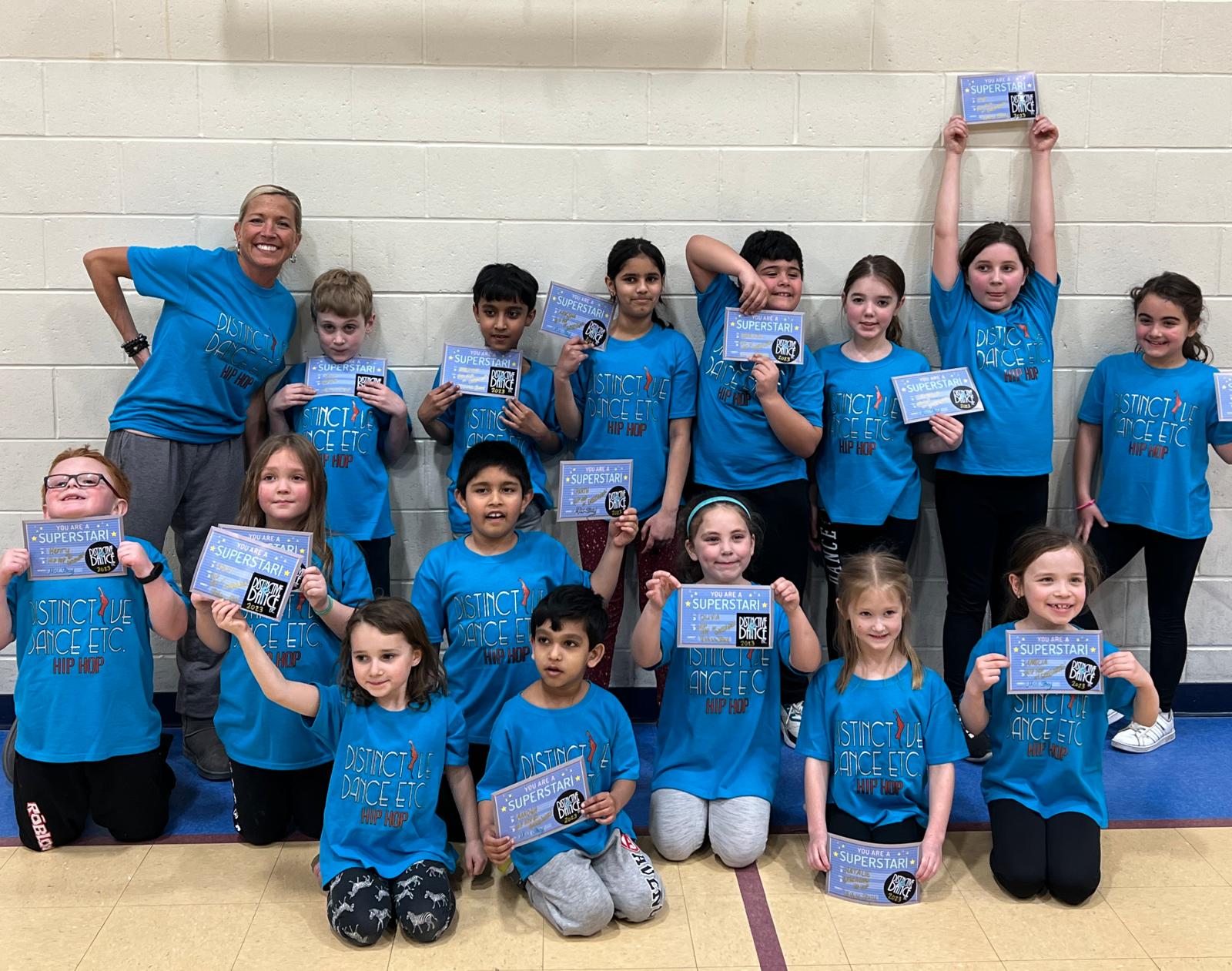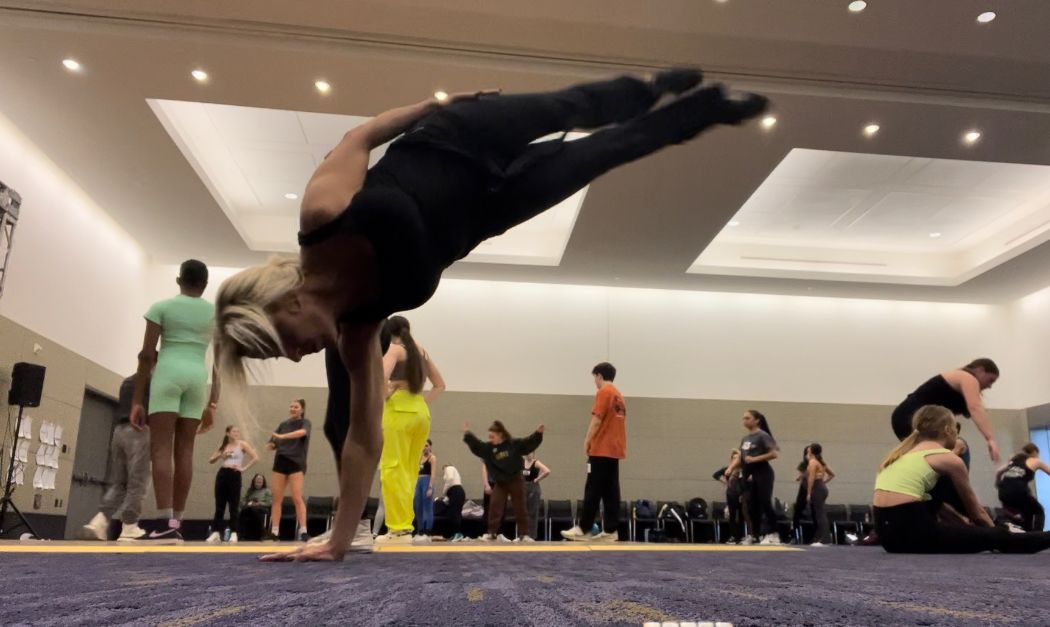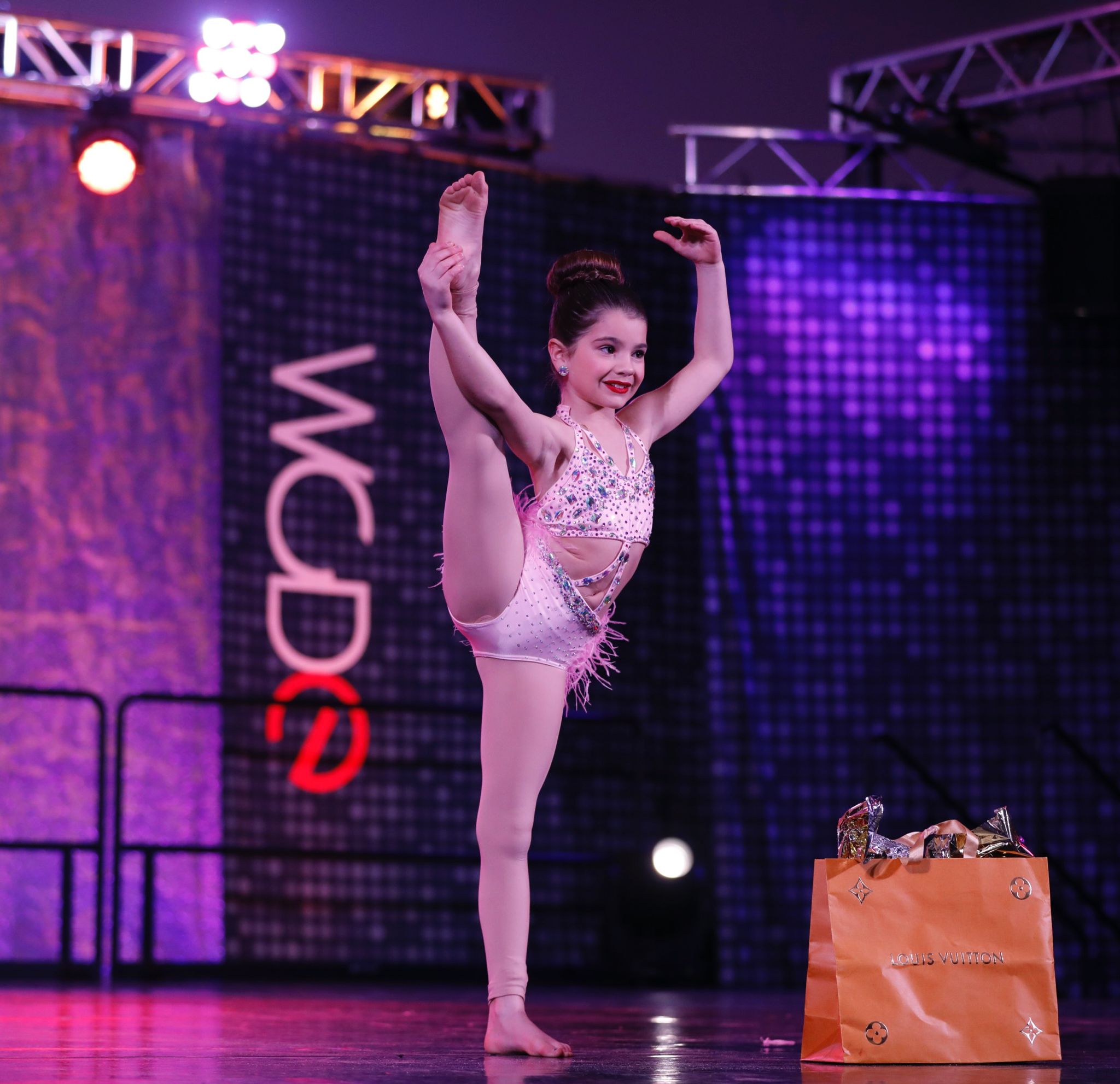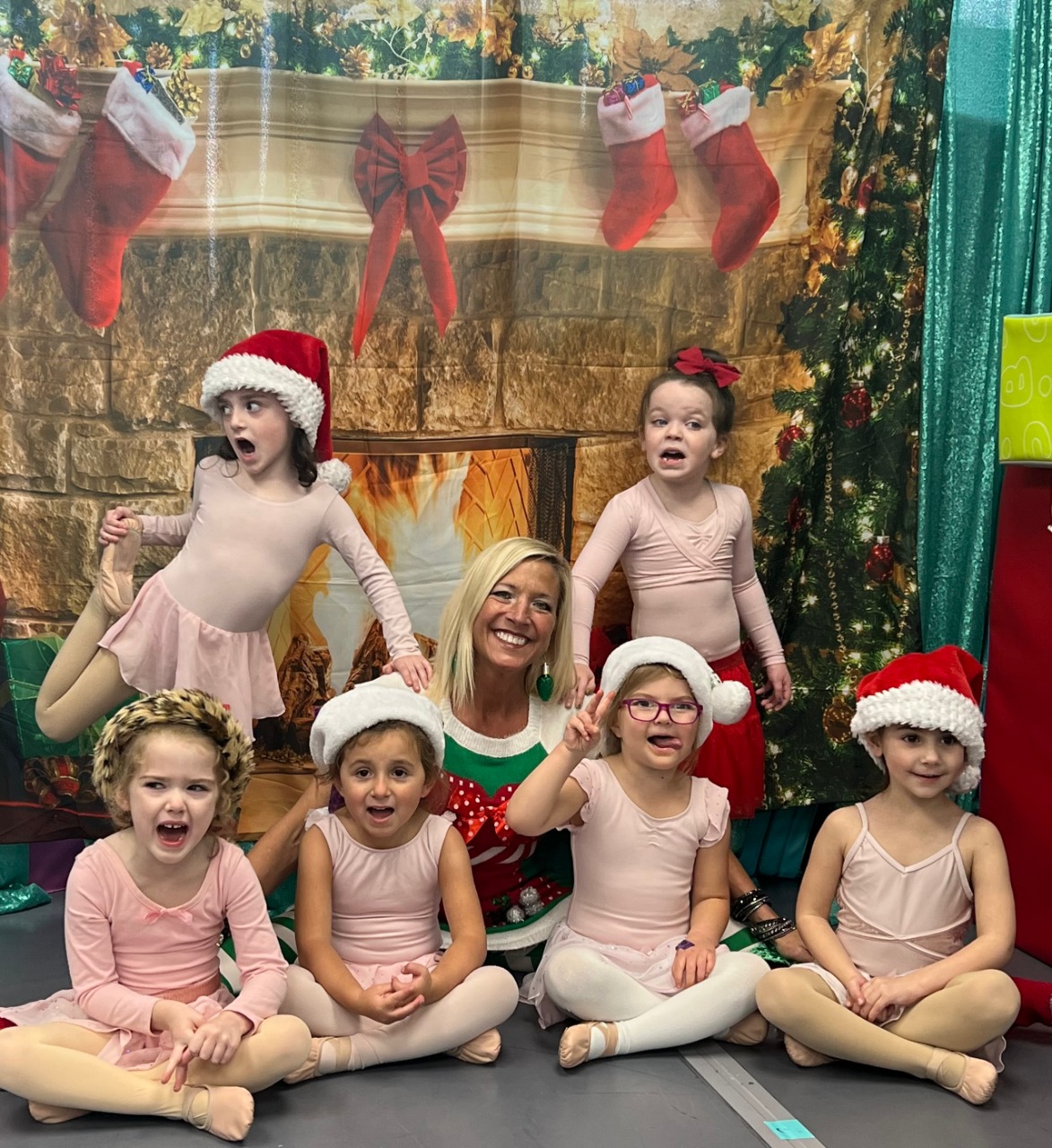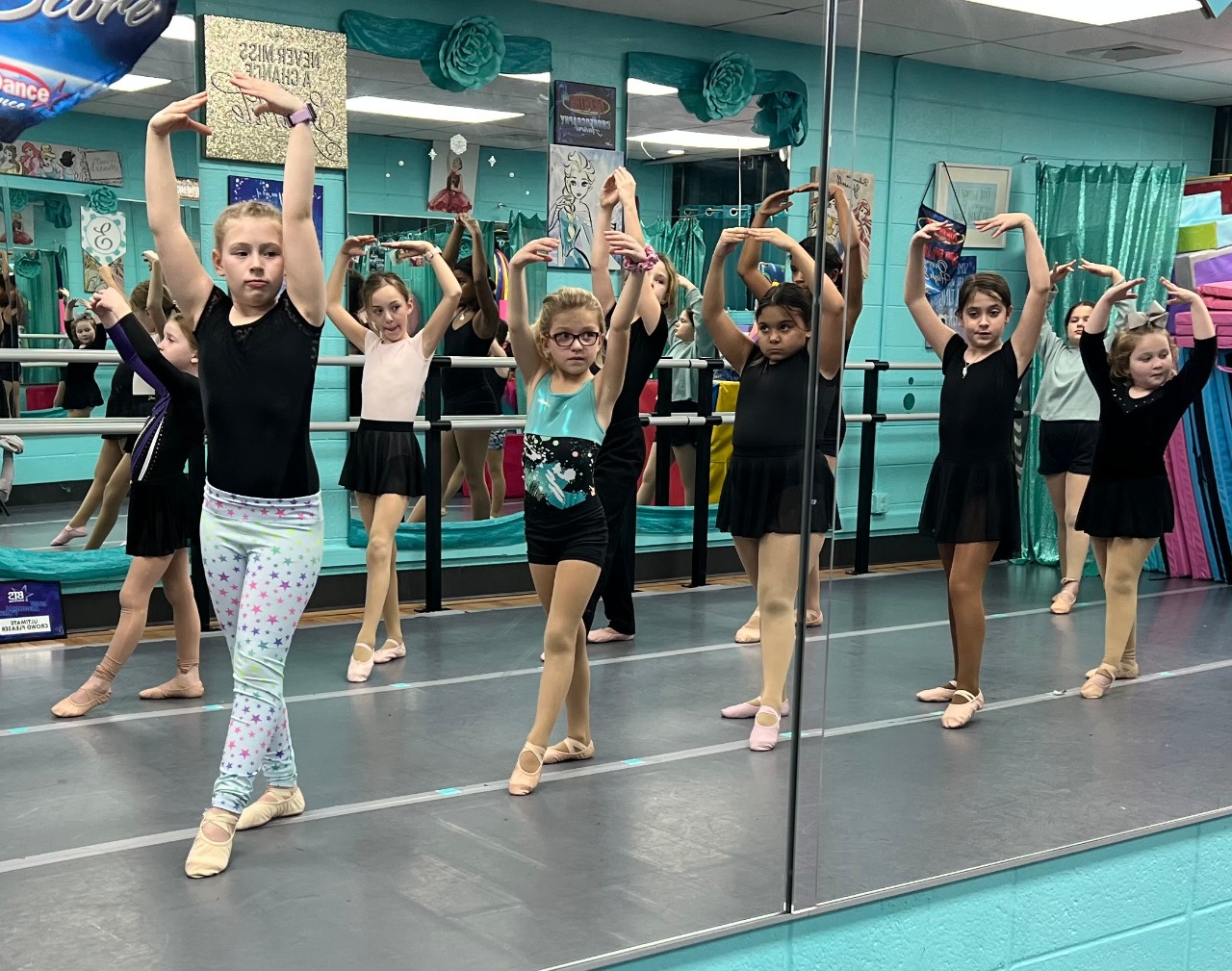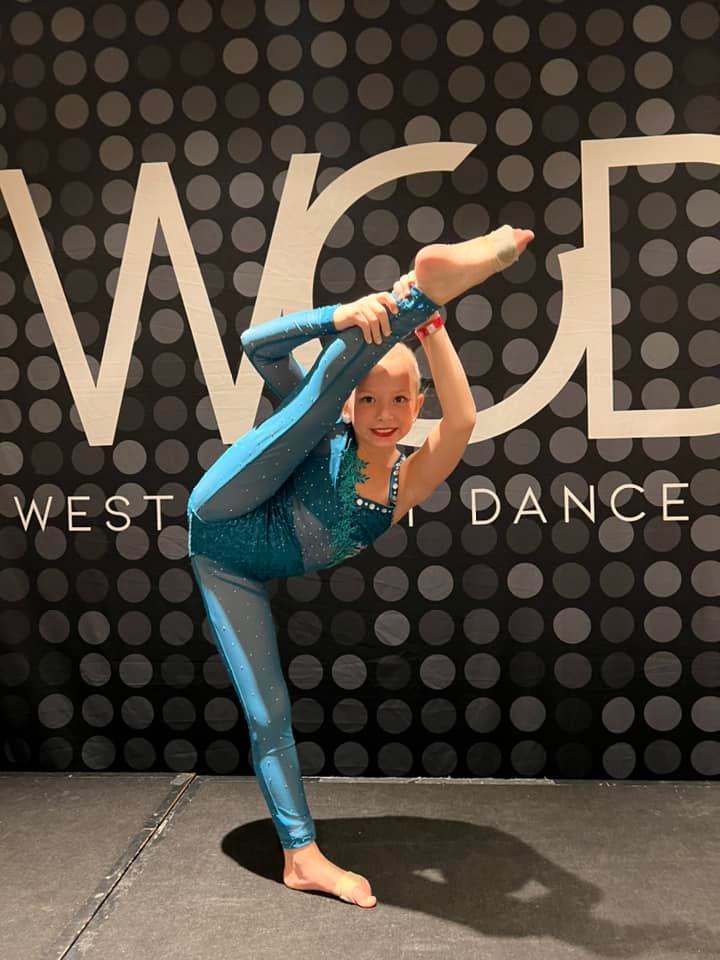The healthiest way of eating varies person-to-person, which is quite important to understand. You shouldn’t follow your friend’s eating plan and expect the same results, and there are some important food rules for everyone. So, here we will discuss healthy eating habits that should be followed by all dancers. Each person’s meals will differ, but these guiding principles may remain the same.
Adequate Nutrition Is Mandatory For Dancers
Dancers frequently lack fuel adequately. It’s likely that they have restricted eating rules on purpose, don’t get time to eat, or are unaware of their underfeeding habits. Every dancer should act sincerely about eating plans, which will eventually reflect on their stage performance.
To be specific, dancers require three meals and two snacks each day, or a series of snacks if they are short on time. They should eat a variety of foods at each of these nutritional opportunities, which should include protein, carbohydrates, and fat throughout the day. They should even need to consider working with a professional coach who can help them to establish a balanced approach to their food choices to avoid eating the same things over and over.
Basic Foods Every Dancer Should Consume
It’s essential to maintain a dancer’s calorie requirements prior to recommending the basic kinds of foods in their diet chart. It’s not always recommended to stay zero in on calories, as it will give the maximum energy required to perform and maintain a regular metabolic function for dancers. Intake of calories is suggested for dancers to stay active and perform well on stage. But, the habit of overeating can put you at risk of injury and a shortage of nutrients.
To keep the balance for dancers, all three macronutrients need to be included in their eating plans, like fats, carbohydrates, and protein. The “nutrient mix” is extremely significant in the eating plans of the dancers.
PROTEIN
It targets around 12 to 15% of a dancer’s diet. Protein has been regarded as the most important macronutrient in the omnivorous culture. Because, it’s important for building muscle, and the human body also needs carbs and fats to stay healthy. Both foods derived from plants and animals contain protein, which includes fish, chicken, eggs, cheese, milk, and yogurt as the source of animal protein. These are considered to offer a high biological value for the human being. Also, these proteins contain all of the amino acids necessary for building muscle.
Meanwhile, the plant-based diet can provide vegans and vegetarians with all essential amino acids, but careful planning is required. In short, pseudo-cereals (quinoa and buckwheat) and ancient grains (farro and freekah) are examples of plant-based, high-quality proteins that are readily available in today’s food landscape. Therefore, dancers can get all of the necessary amino acids from a diet that includes a variety of vegetables, nuts, seeds, and legumes as well as a lot of these foods.
CARBOHYDRATES
It targets 55 to 60% of a dancer’s diet that’s the best source of energy. And so, whole grains, legumes, nuts, and seeds, as well as other plant-based foods, like fruits and vegetables offer complex carbs. To describe, iron, zinc, and vitamin B12 are particularly abundant in whole grains (like oats, farro, bulgur, barley, and freekeh). Although it is technically a seed, quinoa is frequently consumed as a grain. It’s significant to remember that dancers shouldn’t substitute non-starchy vegetables, like leafy greens for carbs made from grains on their plates. They should include both in a well-balanced meal to stay healthy for longer.
FAT
A dancer’s active body requires to add around 30% of fat in their diet chart. However, the numerous health benefits of this macronutrient are frequently obscured by society’s overwhelming fear of fat. The addition of fat to a meal makes us feel fuller for the rest of the day. High levels of physical activity cause a dancer’s body a lot of wear and tear. Oils like olive and canola, fatty fish like salmon and tuna, avocados, nuts, seeds, and nut/seed butter all contain unsaturated fats that have anti-inflammatory properties that help to reduce inflammation and encourage muscle repair.
MICRONUTRIENTS
To be particular, vitamins and minerals in the source of calcium, vitamin D, iron, vitamin B12, and zinc are examples of essential micronutrients. You need to consult a professional dietician if you are confused about choosing the right micronutrient requirements in your body as an active dancer.
WATER CONSUMPTION
Since our body is 60% water, it is essential to rehydrate and replenish. The dancers are suggested to drink around 3 to 4 liters of water each day. Also, dancing for more than 60 minutes and/or in hot and humid environments may increase daily requirements. You can consider adding a salty snack, like pretzels, and a simple carbohydrate, like fruit, to replenish electrolytes and muscle glycogen on days of intense dancing to maximize hydration.
Our thirst mechanism doesn’t often activate until it is already close to dehydration. Therefore, dancers need to plan ahead and be consistent rather than letting thirst dictate how much water they drink. Let’s take reusable water bottles with a capacity of 1 liter are a great reminder to drink water frequently. You need to fill up and empty the bottle three times throughout the day.
A Balance Diet For Dancers Supports Quick Recovery
If you don’t give your body the micronutrients and macronutrients it needs to recover, it will find other ways to help it do its basic functions. Your body breaks down muscle into individual amino acids for energy when glucose and fat stores are depleted, making you a weaker dancer. It’s just an illustration of how your body can maintain balance by taking less-than-ideal routes.
Although they may not necessarily have a clinical eating disorder, many dancers exhibit some form of disordered eating, such as occasional restriction, occasional overeating, food fears or guilt, or any disruptive or unhelpful pattern or behavior with food. They can also run the risk of undernourishment, which can result in nutrient deficiencies and hormonal imbalances if they follow these habits. The body’s ability to recover and perform at its best will be affected by these factors as well. But, if they can plan to eat proper meals and snacks throughout the day, supporting recovery won’t be difficult for them.
Dancers Can Seek Benefits From A Balanced Nutrition
Every dancer needs to be flexible with their food choices whether they are traveling for auditions or working through a busy period of rehearsals. They should every time plan their diet chart, instead of counting calories or macros obsessively, this plan can give a wide range of options to choose from at any given time. Even if they don’t have access to the foods with the most nutrients, they need to be willing to fuel and refuel themselves for the sake of staying healthy.
Furthermore, dancers don’t have to eat the most nutritious foods every time. In fact, letting go of their food perfectionism will only make them healthier.
It Isn’t Only About The Food
Staying healthy for dancers isn’t just about the consumption of good nutrition and sufficient quantity of water. And it’s also about how you’re connecting with your body, food, dance, and life. It’s all about looking at yourself from every angle and considering all the things that can affect your health. Let’s hope you’ve now understood what is good nutrition for dancers and how to give yourself support in all areas of life so that you can show up to the studio and dance with more confidence and freedom.
To take dance lessons from highly-experienced instructors of your choice, you can simply stay tuned at www.distinctivedanceetc.com.





